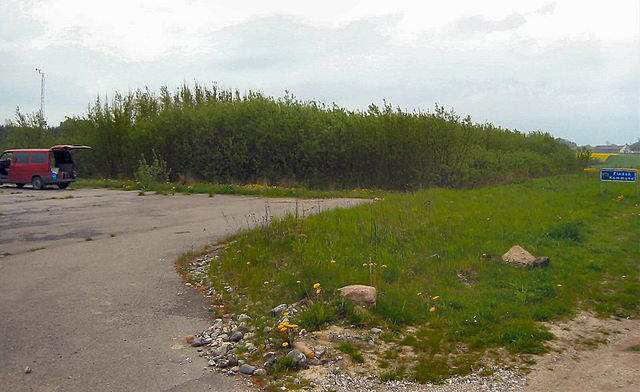According to plant physiologist Leon V. Kochian of the U.S. Department of Agriculture (USDA), “contaminated soils and waters pose major environmental, agricultural, and human health problems worldwide…These problems may be partially solved by an emerging new technology—phytoremediation.”
Phytoremediation is the process of using plants to extract pollutants such as heavy metals, pesticides, and oil from soils and then render them harmless by detoxifying them. Plants used for phytoremediation have the added benefit of preventing wind, rain, and groundwater from leaching away and further contaminating surrounding areas. Trees are particularly effective at limiting the movement of contaminated groundwater because they can draw large amounts of it up through their roots in a process called “hydraulic control.”
Some plants have developed the ability to extract and convert certain contaminants which are then transpired as vapors into the atmosphere in a process known as “phytovolatilization.” Some phytoremediators can attach the contaminants to their roots where soil microbes such as bacteria break down the chemicals into less harmful forms.
There are existing technologies which can be used to clean up contaminated soils but they tend to be prohibitively expensive and can damage the landscape. For example, it is projected to cost $300 billion dollars to clean up U.S. Department of Energy (DOE) sites where the soil is contaminated with radioactive cesium from nuclear testing. A study shows that if pigweed (Amaranthus retroflexus) is planted two to three times per year, it could clean up a contaminated DOE site in less than 15 years. The EPA has already successfully utilized phytoremediation at ten Superfund sites.
According to the U.S. Environmental Protection Agency (EPA), phytoremediation has a number of advantages over more expensive technologies; it utilizes already existing cycles in nature and is more cost-effective since plants do the bulk of the clean-up. It requires less equipment and labor than current technologies where soil must be hauled away from sites or where groundwater must be pumped off-site. Other than initial grading and tilling of the soil for planting, phytoremediation can be relatively un-obtrusive. The plants can also add to the aesthetics of the local environment and improve local air quality.
Certain plants are effective phytoremediators because they are able to tolerate the high concentration of contaminants to which they are being exposed while hyper-accumulating the contaminants in their stems, shoots, and leaves. According to Kochian, these plants’ genes are able to carefully regulate the amount of contaminants they extract and then distribute them appropriately throughout the plant’s vascular system.
The type of plant(s) chosen to clean a site depends on a number of factors; site managers must consider the tolerance a plant has to the contaminants in terms of type and concentration, compatibility with soil and local climate, growth rate, and ease of planting. Shallow-rooted plants such as ferns and grasses are more effective at cleaning sites with shallow contamination while deeper-rooted trees such as poplars and willows are more useful for cleaning deeply contaminated soils.
Research continues to identify native and genetically modified plants which can not only tolerate degraded soils but help clean them up. Phytoremediation could continue to be a viable, low-risk, cost-effective, and environmentally friendly way to clean soils, especially for farmers who want to improve degraded soils and increase productivity.















